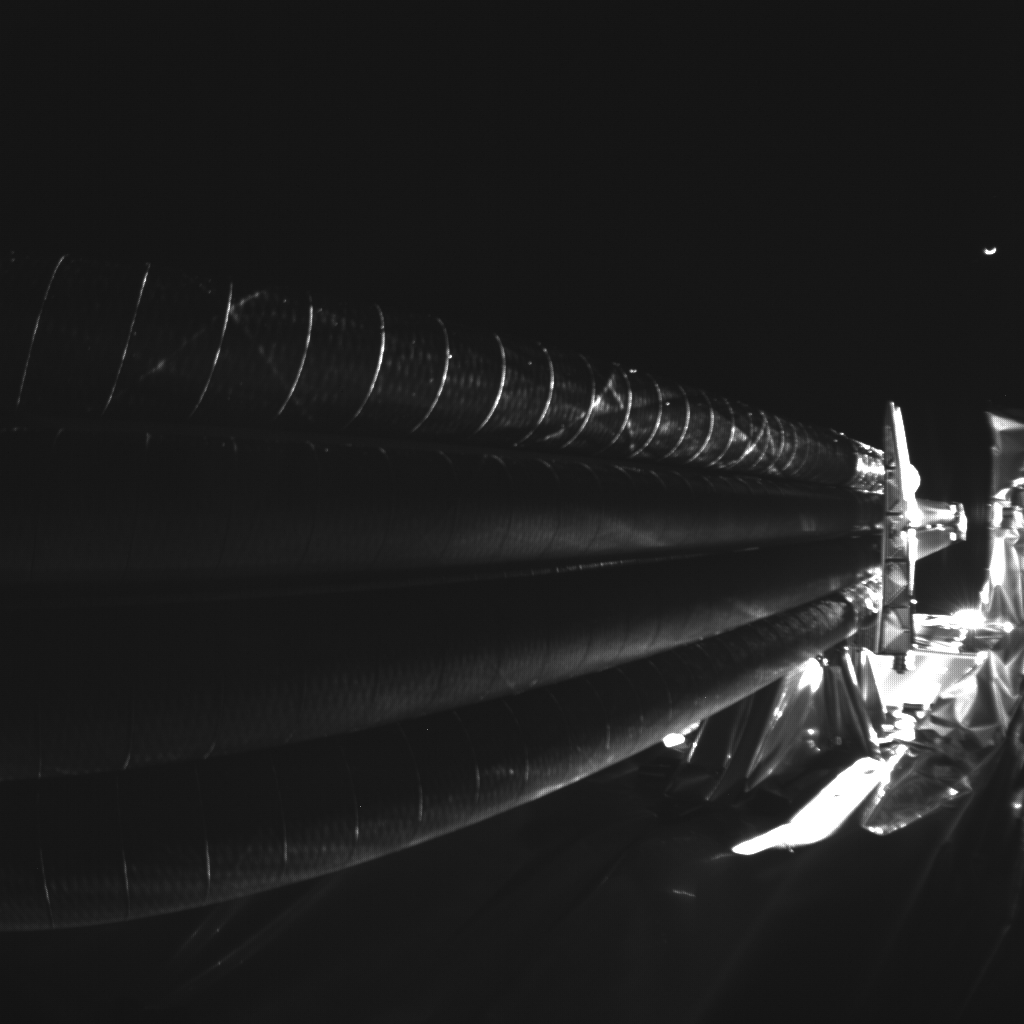ESA's Juice probe to Jupiter's moons has run into trouble as one of its primary science instruments failed to deploy last week, perhaps due to a tiny pin. The 16-m (52-ft) Radar for Icy Moons Exploration (RIME) antenna has only extended a third of its length and failed to release from its mounting bracket, with the likely culprit being a millimeters-long pin that got in the way.
Deep-space probes are pieces of engineering that are simultaneously impressive and frustrating. On the one hand, they can carry out decades-long missions hundreds of millions of miles from Earth. On the other hand, minor malfunctions that on Earth could be fixed with a quick thump can end a mission before it even begins.
One of 10 science instruments carried by Juice, the RIME is a first-of-its-kind ice-penetrating radar that can probe at a frequency of 9 MHz down to a depth of 9 km (5.6 mi) into the icy crust of three of Jupiter's four largest moons with vertical resolution up to 30 m (98 ft).
This makes RIME one of the most important instruments on Juice. However, during the probe's commissioning after launch, the antenna showed signs of movement, but was unable to extend more than a third of the way and cannot break free of its mounting bracket. The exact cause is unknown, but the best guess by ESA engineers is that a tiny pin, no more than a few millimeters in length, didn't shift as planned and is holding the antenna down.

A number of attempts have been made to free the antenna without success as of April 28, 2023 and the next step will be to schedule an engine burn to shake the instrument loose and to rotate it towards the Sun to heat up and, hopefully, expand loose, much as one might run a recalcitrant pickle jar under the hot tap to loosen the lid.
Mission Control has taken a casual attitude to the malfunction because Juice has two months to complete the commissioning, so there is still time to come up with a solution.
Source: ESA








